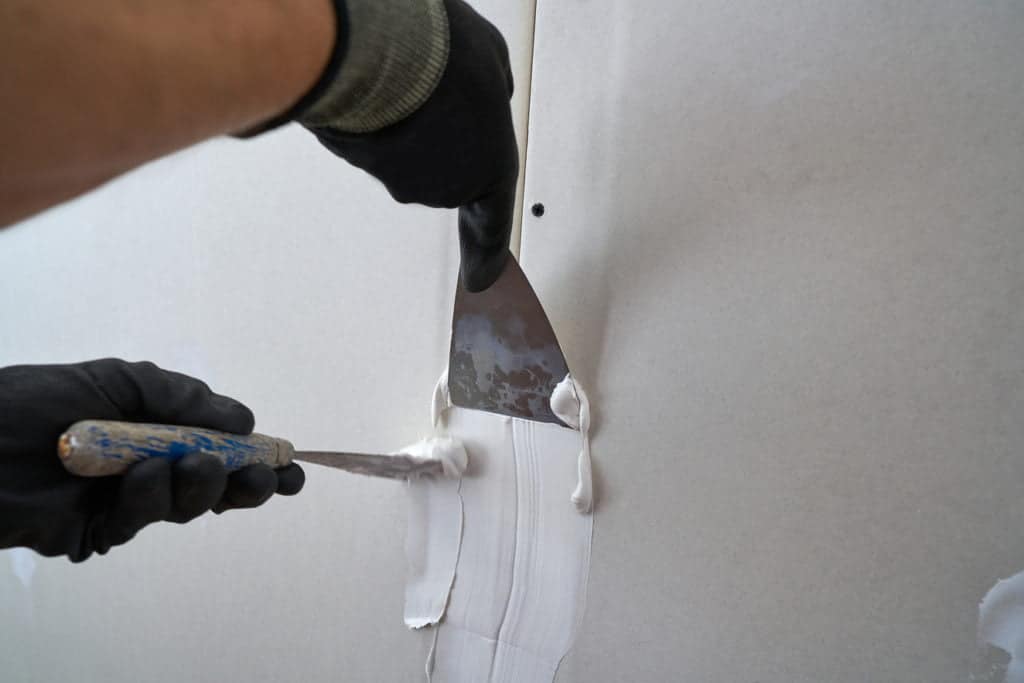June 5, 2023
Importance of Plastering and Gib stopping solutions Aukland
Plastering and Gib stopping solutions are pivotal in achieving a smooth and flawless finish on walls and ceilings. The process of plastering involves applying a layer of plaster on the surfaces of walls and ceilings to make them smooth and free from any imperfections. Gib stopping, on the other hand, involves fixing the joints between the gib boards, sanding them down, and applying a skim coat of plaster to get rid of any unevenness.

One of the most significant advantages of plastering is that it provides a more durable and long-lasting finish to walls and ceilings. Plaster is a versatile material that can be used on different surfaces, such as brick, cement, and wood. It can also withstand different weather conditions, making it a suitable solution for both indoor and outdoor projects.
Regarding Gib stopping, the primary objective is to create a flat surface with no visible seams or joints on plasterboard walls. This process is often used to achieve a seamless finish on walls and ceilings, particularly where tiles or wallpaper will be added. Gib stopping is also useful in hiding any bumps, cracks, or imperfections on the wall’s surface.
One of the most popular plastering solutions is Gypsum plaster. Gypsum plaster, also known as plaster of Paris, is made from the mineral gypsum, which is ground into a fine powder and mixed with water. This solution has several properties, making it an ideal choice for plastering projects. It is both lightweight and easy to spread, making it suitable for large surface areas. It also has excellent insulation properties, improving the room’s overall energy efficiency.
Another popular plastering solution is cement plaster. Cement plaster is a mix of cement, sand, and water. It is widely preferred in construction projects due to its high strength, durability, and water resistance. It is a good option for areas that are prone to moisture, such as bathrooms and kitchens.
Gib stopping also has a range of solutions that can be used to achieve smooth and flat surfaces. The most common products used for Gib stopping include filler, compound, and plaster. Fillers often fill gaps or fix small areas, while compounds seal gaps and joints between Gib boards. Plaster is then used to coat the walls or ceilings after filling the gaps and smoothing out any imperfections.
One of the advantages of using Gib stopping solutions is that it results in easily paintable and wallpaper-able surfaces. It also effectively reduces sound transmission between rooms, enhancing the room’s overall acoustic quality.
It is worth noting that the cost of plastering and Gib-stopping projects can vary depending on several factors, such as the project size, the type of material used, and the complexity of the work. It is advisable to consult a professional plasterer or Gib Stopper to get an accurate estimate of the cost and time required for your project.
In conclusion, plastering and Gib-stopping solutions are essential in achieving a smooth and flawless finish on walls and ceilings. Various products and solutions available, such as Gypsum plaster, cement plaster, and Gib-stopping compounds, that can be used to achieve the desired outcome. Choosing the right product and seeking professional assistance is critical to ensure a successful and long-lasting finish.